“How do I start”?
I hear that same question almost every single day.
If you’ve ever wondered what travel-hacking is and how to get started, this post is for you.

The Official Flying High On Points Quick-Start Guide To Points, Miles, And Travel-Hacking
First things first: Familiarize yourself with The 10 Commandments of Travel-Hacking.
What Is Travel-Hacking? A Brief Overview:
Also known simply as “the game” or “the hobby”, travel-hacking is the art of traveling for free (or at a tremendous discount).
Most travel-hacking strategies rely on the points and miles earned through credit card spending (including sign-up bonuses) and loyalty programs.
By travel-hacking, you can get free airfare, hotels, rental cars, experiences – and more. Additionally, you can gain status, upgrades, free nights, lounge access, travel credits – all for free – making traveling that much more relaxing and enjoyable.
Here’s an amazing upgrade I scored through travel-hacking for a room rate of just $99.20!
Cashback Vs. Points & Miles – Which Is The Best?
There are two distinct credit card systems, cashback credit cards and points & miles credit cards.
First – The Cashback Credit Cards:
Cashback cards generally come with a small sign-up bonus and typically earn between 1% to 3% cash back on all purchases. Some may even have special promotional perks like the Capital One Venture card which earns 10% cash-back at hotels.com.
Cashback cards make earning free travel simple and easy, but they typically don’t earn as high a return as points and miles cards, nor do they tend to have the many travel perks or protections that their points and miles credit card counterparts do.
Some popular cashback cards include the Citi Double Cash card, the Blue Cash Preferred card from American Express, the Capital One Quicksilver and the Chase Freedom card.
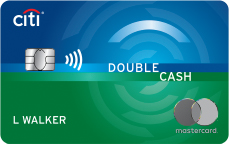
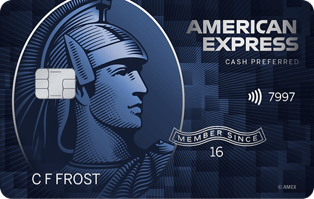
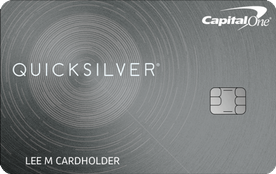

Next – The Points And Miles Credit Cards:
Most travel-hackers choose to focus their time and energy on the points and miles credit cards because these cards typically provide the largest sign-up bonuses, come with the most valuable perks, earn the most return on spending, and come with the most travel protections. For these reasons, I’ll be focusing on the points and miles cards for the rest of this article.
Points and miles cards usually earn anywhere between 1% to 5% per dollar spent, and that value can even be boosted further by the special features of some of these cards.
Popular Points and Miles cards include the Chase Sapphire Reserve, The Platinum card from American Express, the Citi Premier and the United Mileage Plus Explorer card.
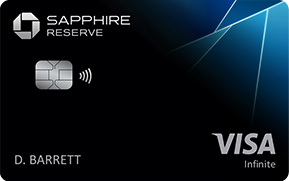

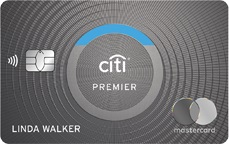

Welcome Bonuses – How To Maximize Them:
This is important. You should always be thinking of ways to maximize your points and miles. As such, you should only sign-up for a credit card when the welcome bonus is at (or near) its highest known level.
How would you know? Frequent Miler keeps a handy list here.
Say a credit card has a current welcome bonus of 30,000 miles, but you know the highest known welcome bonus on that same card was 100,000 miles, you should wait until that card has a bonus close to the 100,000 miles best-ever offer to maximize your miles.
Earning Points And Miles:
Aside from the earning points and miles from the welcome bonuses, you can always earn points and miles the old fashioned ways – through spending and traveling.
Many credit cards have different earning rates depending on the “spending category” you are spending on. For instance, the Chase Sapphire Reserve credit card will earn 3x points on dining and [all] travel, but only 1x on everything else. The American Express Gold card will earn 4x on dining and groceries, 3x on airfare, but only 1x on everything else. And the Chase Freedom Unlimited credit card earns 1.5 on everything. In this case, you could use the Sapphire Reserve for [all] travel, the Amex Gold for dining and groceries, and the Chase Freedom Unlimited for everything else.
For that reason, many travel-hackers acquire several (or many) different credit cards to ensure their spending is always optimized and maximized in the largest possible swath of spending categories.
Bank Points Vs. Hotel Points Vs. Air Miles – Which Are The Best?
In general, bank points like those issued by the “big three” (Chase Ultimate Rewards, American Express Membership Rewards Points, and Citi Thank You points) are worth the most because they never expire, are flexible, and are easily convertible to other point and mile currencies.

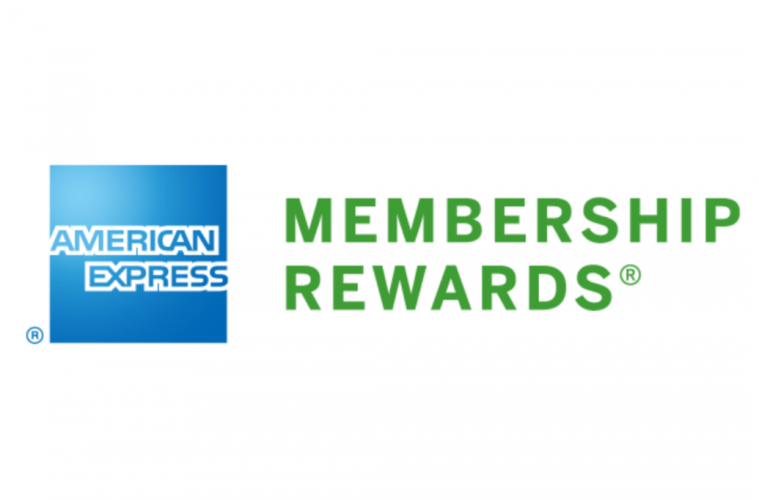
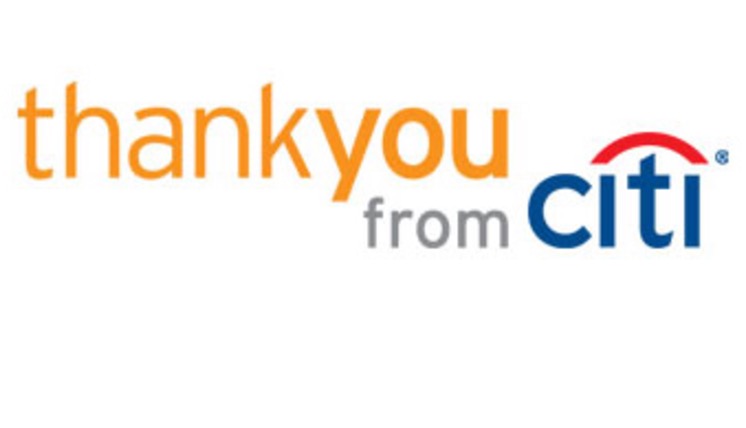
Airline miles (like United, American, Delta) used to be the next most valuable currency, but that appears to be rapidly changing due to devaluations, the elimination of reward charts, black-out dates, hefty taxes, and hidden fees. Still, it’s possible to get out-sized value on airline miles but it’s not nearly as easy to do so as it once was.
The final major category is hotel points (like World of Hyatt, Hilton Honors, Marriott Bonvoy). These are technically worth the least, however, they are often easier to earn and you can still find plenty of out-sized value with programs like World of Hyatt and Hilton Honors. I find hotel points to be far easier to redeem than air miles and they usually come with perks like room upgrades and free breakfast (with mid-tier status).
Redeem Points and Miles For Maximum Value
Credit card companies have made redeeming points and miles relatively easy on a variety of things as cashback, gift cards, Amazon.com, magazines, etc., but the real “bang-for-your-buck” is usually found on travel redemptions.
There are two primary ways to redeem points for travel. The first method is redeeming your points through the credit card company’s travel portal. This is my personal favorite way to redeem flights because these redemptions also earn points through the company’s loyalty program (for instance, redeeming a United flight through Chase Ultimate Rewards will earn United miles as if you paid with cash). This type of redemption tends to become more valuable when fuel prices are low, when there is excess capacity, or when there is a lot of competition on a route. In my opinion, flights tend to be cheaper and easier to redeem through a bank portal than a loyalty program.
The second method is transferring points to a participating loyalty program. Many travel-hackers will swear by this as the best way to maximize travel redemptions (especially if flying in business class or above). An example of this is type of redemption is transferring [converting] some of your Chase Ultimate Rewards points to World of Hyatt points and redeeming through the Hyatt Website. This is my preferred method for hotel redemptions. In this case, a Hyatt redemption will likely be far less points through World of Hyatt than through Chase Ultimate Rewards. But this does vary.
Points And Miles – What Are They [Really] Worth?
All miles and points are unique currencies and have different values, and these values “float” just like cash.
In the end, they’re only worth as much as you can redeem them for – so you should always shop around to maximize your point and mile redemptions.
For instance, if a Singapore Airlines flight costs 30,000 points Ultimate Rewards points, and 35,000 Membership Rewards points but only 20,000 KrisFlyer miles, go with the Singapore Airlines KrisFlyer redemption.
Several websites keep current reasonable valuations of points and miles like Frequent Miler and The Points Guy so you can determine if you are getting a good redemption or not.
Know The Cents Per Point (CPP) Of All Redemptions
Now that you know generally what your points and miles currencies are worth, now you need to know if you are actually getting a good redemption.
The way most travel hackers measure the value they get for their points is called “cents per point” or “CPP”. If you are getting 1 cpp then you are getting 1% return on every dollar you spend, 2 cpp equals 2%, etc.
This calculation is relatively simple but important. Here’s the formula: [cost of the item x 100] / number of points required to redeem.
For example, if a room goes for $250 a night or 17,500 Bonvoy points, which is the better deal?
$250 x 100 = 25,000; 25,000 / 17,500 points = 1.43 cpp.
Once you have the cpp, you can refer back to one of the valuations (above) to see if you are getting a reasonable redemption. In this example, Bonvoy points are worth .72 cents on Frequent Miler and .90 cents on The Points Guy, so this redemption is better than the cash option and would be a great value at about twice as much as the average Bonvoy redemption!
Should You Save [Hoard] Points & Miles?
There are those who like to hoard the points and miles they’ve earned, but I generally caution against this as currencies can be (and have been) devalued at any time. Sometimes drastically and without much warning (see Delta, Bonvoy, American).
As such, it usually makes sense to have a redemption in mind, and once you accumulate enough points and miles – redeem them.
Now That You Have An Overview, Here’s The Step-By-Step Quick Start Guide:
Editor’s Note: There’s no one “right way” to begin travel-hacking, but this is the method I generally recommend. It ensures you can get the some of the valuable Chase credit cards before you potentially lose this ability due to bank application rules.
1. Sign-Up For Loyalty Programs
Most Airline and Hotel loyalty programs are free to join and require little work to keep open and active. I recommend joining all the programs you use most or those that provide the best return for you.
For me, it’s the World of Hyatt and Hilton Honors programs in the hotel category.
Here’s an amazing luxury cottage I was scored for just 34,000 points in Myanmar.
2. Start With The Chase Ultimate Rewards Credit Cards
I always recommend people start off their introduction to the world of travel-hacking with the Chase Ultimate Rewards credit cards. Why? Because of a bank rule called Chase 5/24. In short, if you were to apply for American Express or Citi cards first, you may lose your chance at getting Chase cards – forever.
Chase also has a rules for how fast you can apply for their credit cards. Asksebby.com has a great run-down of the Chase application rules.
Aside from Chase 5/24, Ultimate Rewards points are also one of the most valuable currencies and these cards provide some of the best earning, redemptions, travel partners, and travel protections and many come with no annual fee. Because of this, most Ultimate Rewards cards are considered long-term “keeper cards”.
You can always come back to the Citi and Amex cards later. Be aware that almost all banks have their own credit card application rules, so be sure to research them before applying for a card. I’ve saved myself guaranteed credit card application rejections many times by just googling something.
3. Build A Chase “Winning Team” Or “Trifecta”
Chase Ultimate Rewards points can accumulate into the same “points bank”. For example, Ultimate Rewards points earned on a Chase Sapphire Preferred Card will go to the same “points bank” as points earned on a Chase Freedom card. You can even augment this points bank with points earned from your business cards like Chase Ink Business Cash. This allows you to rack up Ultimate Rewards points through multiple cards and maximized spending categories.
Chase has plenty of great Ultimate Rewards cards for you to begin building your “team” depending on what spending categories are best for you.
My favorite “team” is this one:



Applying for Chase Business credit cards is a different process with different eligibility requirements. One Mile At A Time has a great run down of this process here.
Chase Sapphire Preferred vs. Chase Sapphire Reserve – Which Is Best?
Chase only allows you to have one, but which one is better? Well, that depends.

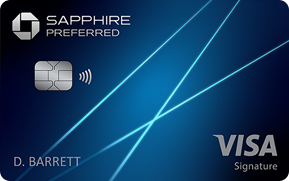
The Chase Sapphire Reserve is by far the better card in my opinion for many reasons, but data points suggest you must have a 750 credit score to be approved.
There is a “back-door” way to get this card that may be even more lucrative due to the usually higher sign-up bonus. You can first apply for the Chase Sapphire Preferred (with the higher sign-up bonus) and then upgrade the card to the Chase Sapphire Reserve after the first year.
4. Top Your Team Off With Other Chase “Keeper Cards”
Don’t stop with the just the Chase Ultimate Rewards cards. After your “team” is set (and you are still under 5/24), you can also get a valuable Chase card or two like the World of Hyatt credit card or the Chase Bonvoy Boundless credit card.
5. When You Are Over Chase 5/24, You’ll Have An Important Decision To Make:
With your Chase team firmly in place (and you maxed out at 5/24 on Chase cards), you can either “hold and wait” until you drop under 5/24 for more Chase cards, or move on to American Express Membership Rewards credit cards and/or the Citi Thank You credit cards.
This choice is not easy for most because there is no “right answer” here. It really depends on what loyalty programs you value most. Complicating things further is the fact that American Express and Citi cards both open up brand new worlds of awesome spending categories and benefits.
Personally, I have “winning teams” of cards with all of the “big three” currencies.
6. Get Comfortable With “Churn & Burn”
After accumulating your Chase, American Express and Citi teams and “keeper cards”, you are now free to “churn & burn”.
This is the practice of opening new credit cards for the sign-up bonuses, and then closing them down if they are not keeper cards. Generally you keep these cards for a year, and then close them (or downgrade or upgrade them) after the annual fee posts. There is much to learn here, but this is the basic idea.
Which brings us to the final topic.
How Many Credit Cards Are Too Many? And Won’t Too Many Hurt Your Credit?
Here’s what The Points Guy has to say about about too many credit cards and the effect on your credit score. I generally agree with that assessment.
I can tell you that many people in this hobby have between 10-20 credit cards (myself included), and some many more than that. As with anything, before embarking on a new journey, you have to make sure you can handle it and determine if it is worth the trouble for the rewards.
For those willing to “go for it”, the rewards can be huge. HUGE.
But, always remember the The 10 Commandments of Travel-Hacking!
The Bottom-Line: The Official Flying High On Points Quick-Start Guide To Points, Miles, And Travel-Hacking
There you have it. I hope you have found this quick-start guide informative in pointing you to where and how to get started in this wonderful hobby called travel-hacking.
This quick-start guide is in no way claiming to tell you everything there is to know about the ever-changing world of travel-hacking. Rather, this guide is meant to help you grasp the basics of some of the major concepts of points and miles so you can join in all the amazing experiences travel and travel-hacking has to offer.
Cheers!

